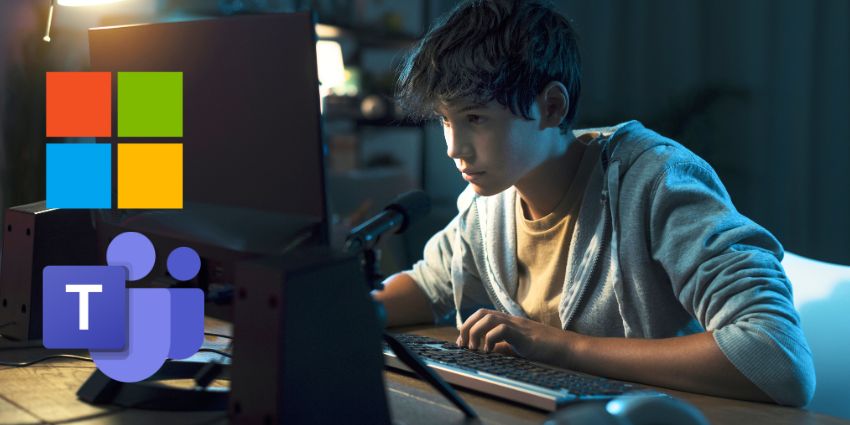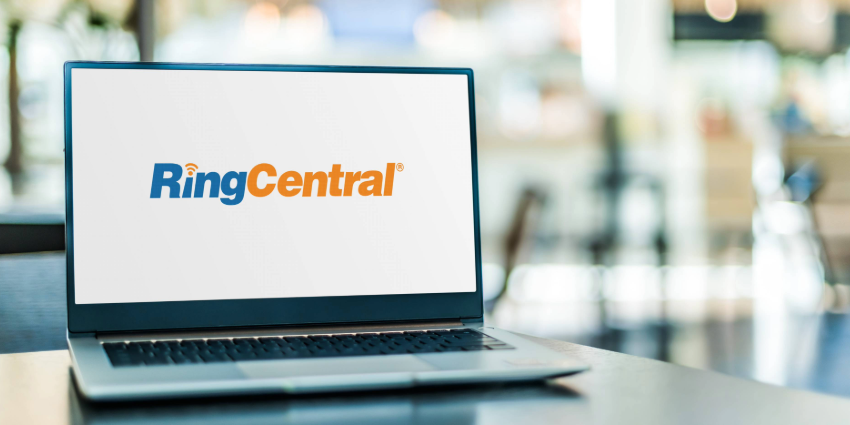The future is hybrid. That’s what the industry is telling us, with employees set to stay at home and only travel in for meetings and when the kids become too much of a distraction!
Although the headlines of hybrid working hold water, very little has been said of how businesses will transition from a completely remote workforce and get to a stage where their employees come in and out of an office as they please.
Although a lot of the coverage has been of the positives that will come from the hybrid system, Jamie Cole, Microsoft Partner Manager at Exactive, outlined some of the challenges that businesses will face.
“Post-pandemic, people are looking for flexibility in how and where they do their work, evidenced in the Workplace Trend Index 2021 which found 73% of people want the option of working from home and 80% of managers are expecting more flexible working policies”, said Cole.
“It is clear that choice is what the majority of people want, so organisations will need technology that enables their people to do their best work wherever they are. But hybrid working also presents a challenge for people feeling disconnected and excluded with 67% of employees wanting more in-person interaction with colleagues”
“This is where it is important to make sure that employees have feedback mechanisms for how they are feeling about work as these will become fundamental in helping people be effective in a hybrid working world. That also extends to the on-boarding process for new staff working in a remote world and creating an organisational culture. When starting a new company, people need to learn a lot and learn it fast, so remote learning tools, such as Viva will become a must-have for organisations of every shape and size.
“One day we may see ultimate flexibility as the norm, where people are able to work where they want and when they want, but leaders still need to find new ways to create a culture that doesn’t rely on people being in the office constantly. Trust will be a foundational part of that.”
New Normal
As a result of the pandemic, office spaces are lined up for a transformation from siloed workspaces to hubs of collaboration.
Jamie added that office spaces will now be built to make the most of employees face to face time but warned against allotting staff a specific amount of time to travel in.
“The office will most definitely be serving a different purpose to the individual workstations and shared spaces that we were accustomed to. Moving forward, the future could see vastly reduced office space for many companies, where individual workstations are swapped for collaborative spaces.
“These collaborative spaces will help teams make the most of their physical time together and be embedded with technology, enabling people outside the room to feel included and contribute equally with the people inside the room. To achieve this businesses will need tech that can bring remote people in from anywhere and let them contribute as if they are in the room, you can see this with the developments in Microsoft Teams”.
“But the opportunity to shift to a more collaborative office space could be missed. A policy that says employees must come in 2 or 3 days a week doesn’t give people the flexibility they want, it also misses the point of different people working together to come up with innovative solutions to their challenges because when people come to the office, they’ll be surrounded with the same people every time.
“It would be wise to consider a more flexible approach and policy, where people can choose to come and go as they require with an overarching policy that promotes flexibility to reap the benefits of working in this manner.”
Maintaining Standards
Jamie added that to get the best from hybrid working, businesses need to set clear standards and policies so employees know what is expected of them but also avoid burn out.
“As we adopt the modern way of working, with digital as the norm, we will have to stop back-to-back meetings and an “always on” culture. Frankly, these practices are not healthy for anyone, including the organisation. It leads to burnout, poor quality output and people resenting work, even though they are just trying to do the “right thing”.
“We are all only human, and we all need regular breaks to do our best work therefore it will be imperative for leaders to set expectations on what is acceptable working practice and what is not. I believe it is also down to the individual to manage their own diary and stop accepting meetings and start blocking out time in their calendars without online meetings, to make sure that they are managing their well-being too.
“Employers will need to introduce policies that help all of their people understand the expectations around work, what is acceptable and what isn’t. More can be done on both sides and making sure that leaders are helping people to avoid falling into this trap will become important to make sure the business runs sustainably.”







